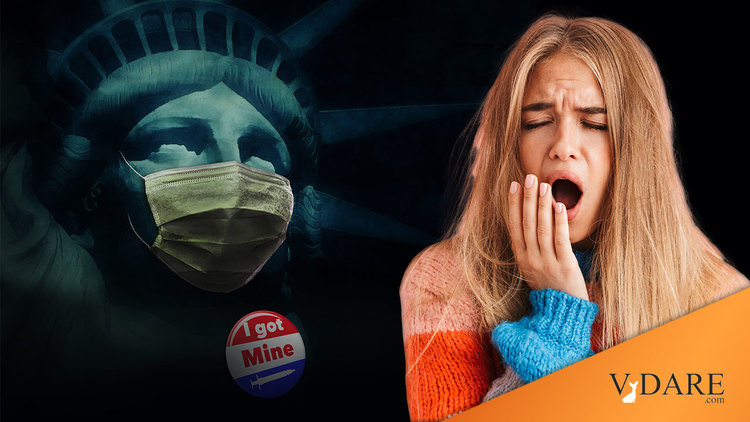How New York City Vaccinated 6 Million People in Less Than a Month
When a single case of smallpox arrived in Manhattan in 1947, a severe outbreak was possible. A decisive civil servant made a bold decision.
By John Florio and Ouisie Shapiro
Dec. 18, 2020
On Easter weekend in 1947, New York City buzzed with an air of invincibility. The miseries of World War II were finally over, and New York, like the rest of the country, was buoyant. The future promised great things. The Polaroid Land camera had just been invented. Consumer TV sets were appearing in living rooms. The transistor radio was in the works.
What the public didn’t know was that smallpox, the scourge of civilizations, had improbably re-emerged in the city five weeks earlier.
On March 1, a 47-year-old American businessman, Eugene Le Bar, arrived in New York after a long bus ride from Mexico City. He was on his way to Maine, but he had been feeling sick and checked into a Midtown hotel with his wife. After sightseeing, he collapsed into bed, exhausted, with a headache and a pain in the back of his neck.
By March 5, Mr. Le Bar was in Bellevue Hospital with a 105-degree fever and a peculiar-looking rash on his face and hands. Three days later, he was transferred to Willard Parker, the city’s communicable disease hospital. His doctors considered several diagnoses, none definitive. Because he had a vaccination scar, they ruled out smallpox. On March 10, Mr. Le Bar was dead. …
Thanks to a vaccine developed in the late 1700s and refined in the decades that followed, smallpox outbreaks had generally been contained.
In 1980, the World Health Organization officially declared smallpox eradicated. …
The city’s health commissioner, Israel Weinstein, had taken the job 10 months earlier. He’d been a child on the Lower East Side when a smallpox outbreak brought the city to its knees in the early 1900s, killing 720 New Yorkers in a two-year period. Now he was both a medical doctor and a scientist; he had earned a doctorate from New York University, along with a Ph.D. and an M.D. from Columbia. ….
Dr. Weinstein wasted no time. Knowing there was only one way to deal with the virus — vaccination — he took action. At 2 o’clock that day, he held a news conference, urging all city dwellers to get vaccinated immediately, even if they had been inoculated as children. Re-vaccinations were necessary, he said, in case people had lost their immunity. …
The response was so great that the city enlisted thousands of civilian volunteers to help deliver inoculations. Armed with vials of vaccine, the volunteers, along with professional health care providers, administered as many as eight doses per minute. Making their way through every school in the city, they inoculated 889,000 students. In the first two weeks, five million New Yorkers were vaccinated against smallpox.













